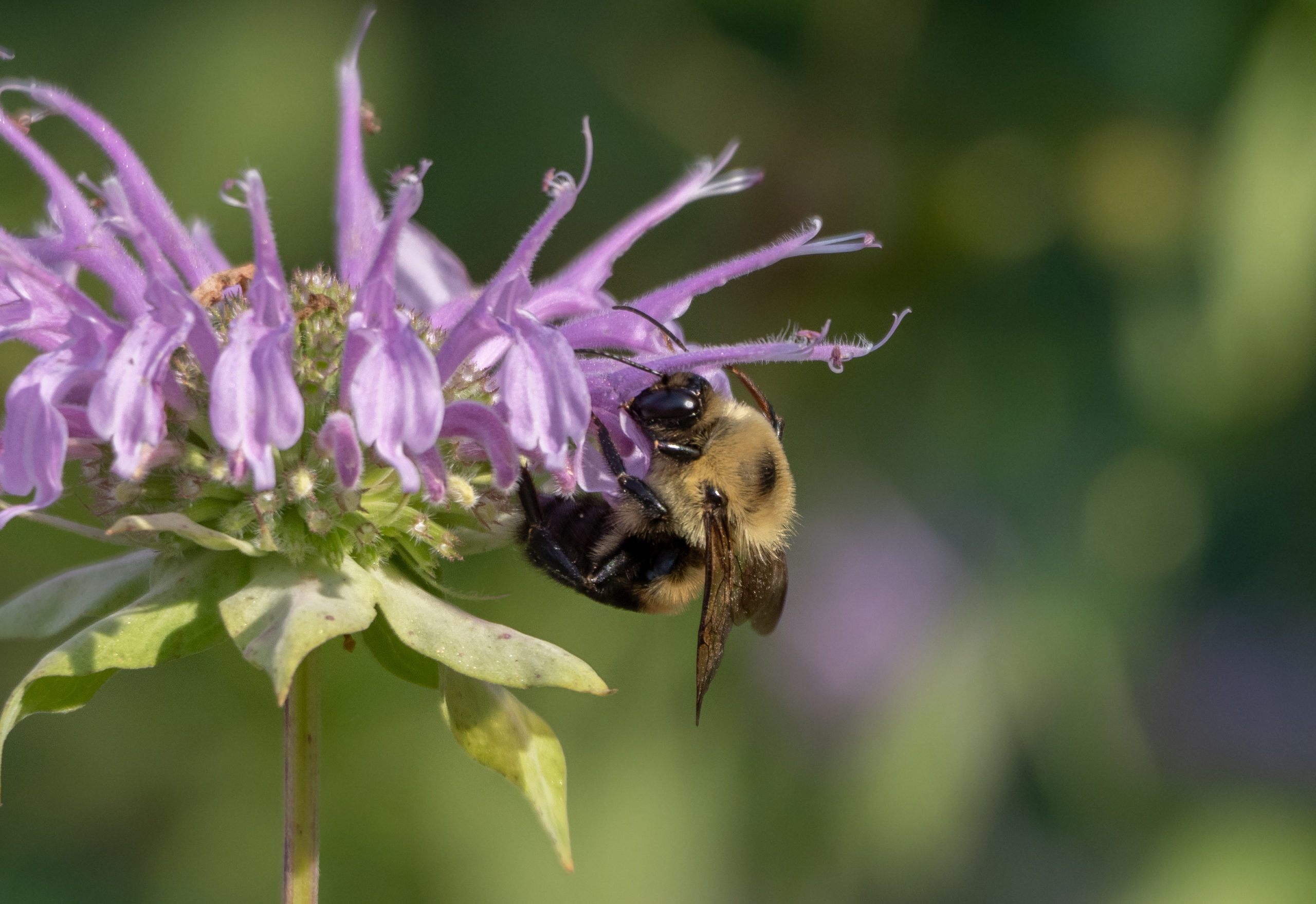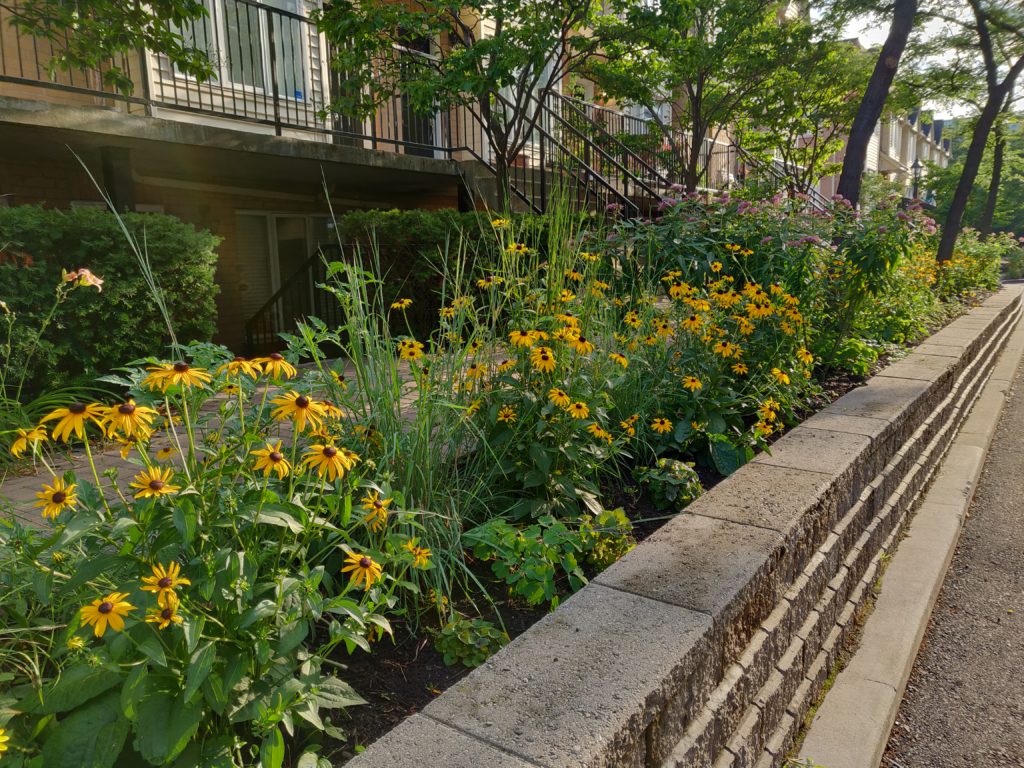Six easy steps to planting a wildlife-friendly garden
It’s planting season — and as you bring your garden back to life, consider native plants.
That means plant species that have been living and growing in your region for thousands of years — they’re adapted to your local conditions and have deep co-evolutionary relationships with wildlife, including pollinators.

What You Can Do to Help
Wherever you live in Canada, your garden, backyard or balcony can help native wildlife recover and thrive. By including native plants in your green space, you can create living habitats that offer food and shelter to bees, caterpillars, butterflies, birds and other wildlife.
In addition to being crucially important for supporting wildlife, native plants are also beautiful and hardy. And through the wonders of biodiversity, there are native plants that will flourish in a broad range of conditions — from sunny to shady to wet.
Whether you’re a gardening novice or a green thumb looking to try new species, you might be wondering, “How do I care for native plants?”
Don’t worry, here are some tips to keep in mind as you create your wildlife-friendly garden:
- Get to know the plants, including their names. Use field guides and online resources like iNaturalist to learn about the native plants that grow near you. You can practice every time you go for a walk!
- Match your garden to a wild spot nearby with similar conditions — the native plants that grow in your reference spot will likely do well in your garden, too.
- Start with a broad range of species in a test plot, observe what does well and what doesn’t, learn from your observations, and build your knowledge year after year. Try, fail, learn, and try again!
- Plan for seasons and succession because timing is everything. Continuous blooming is a great way to attract pollinators.
- Think of your garden as a habitat that includes people. What role will humans play? What harvest can you reap? And how will you pay that back in gratitude? Don’t just watch, get involved!
- Grow it to know it. Recognize that much of what you have to learn can only be achieved through hands-on experience, and there’s no better time to start than right… now.
And don’t forget about trees!
Planting a native oak, for instance, builds habitat for hundreds of species of insects, birds and mammals while sequestering carbon, cooling the air, stabilizing the soil, helping manage water runoff, and literally transforming a landscape.

Join us on re:grow
Discover expert guidance for growing native plants and contribute to a Canada-wide effort to restore wildlife habitat by visiting re:grow. Our new site has step-by-step instructions to support your native plant journey, from selecting the right seeds and plants to preparing soil and celebrating your first fruits, flowers and wildlife visitors. No gardening experience needed!
With re:grow, you can create a plan that fits your personal goals and space, be it making a container garden on your balcony to attract pollinators or turning part of your schoolyard into a seed garden to produce native plant seeds.
Each re:grow action you take is measured and adds up to a bigger collective impact for nature and climate. If you enjoy tracking your steps with a Fitbit or showcasing your accomplishments on Instagram, you’ll love the features for tracking and sharing actions and the challenge of adding more and more actions to your personal total!
The group feature makes it easy to participate with your community, class, campus, workplace, club, family or friends. All the actions group members take are displayed together on your group’s dashboard to show the impact you’re making together.
Sign up today by creating your free account at wwf.ca/regrow!


